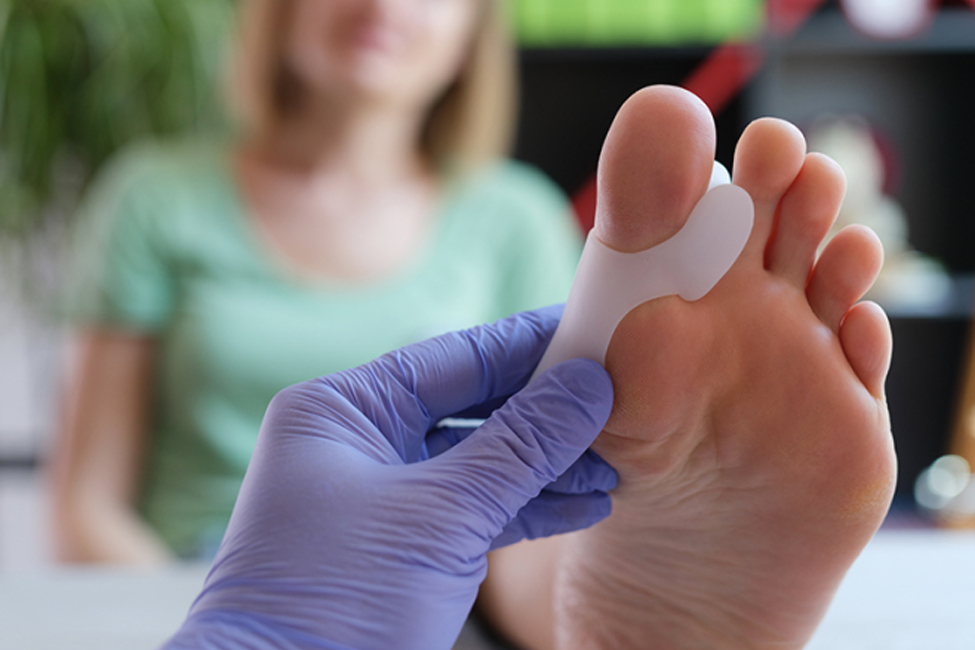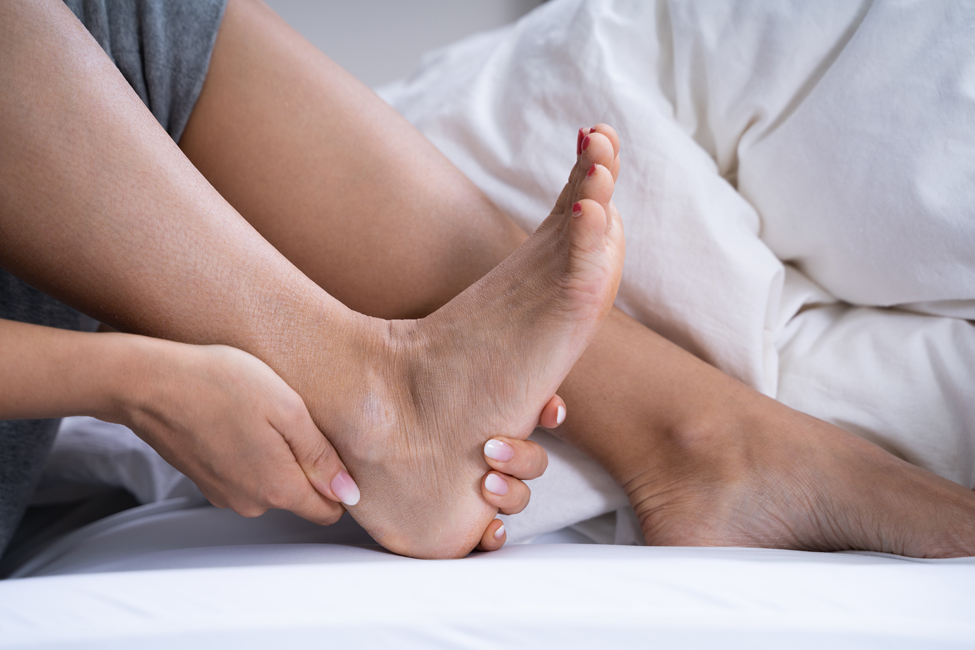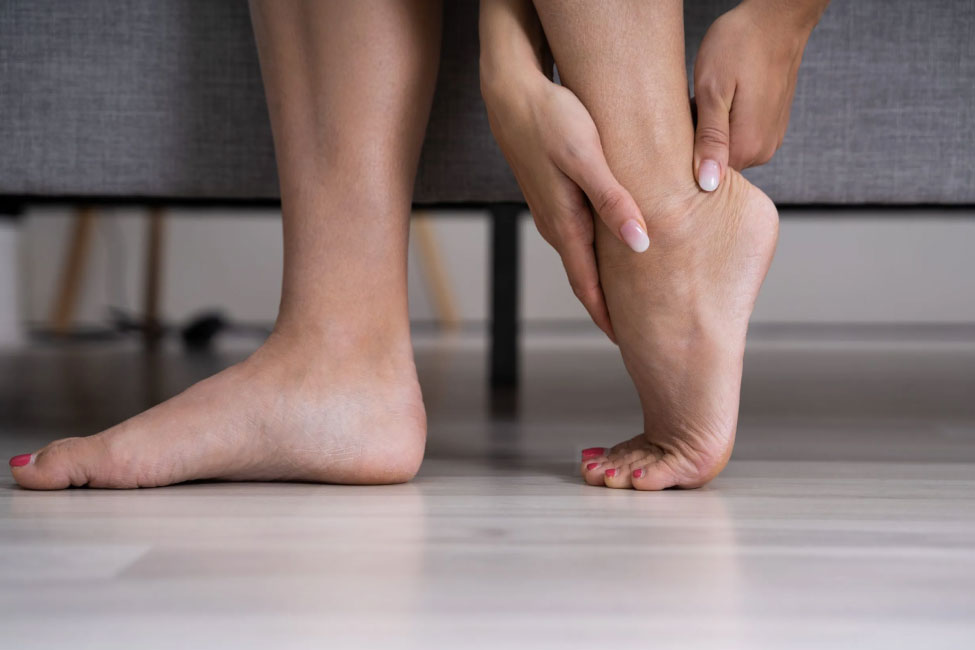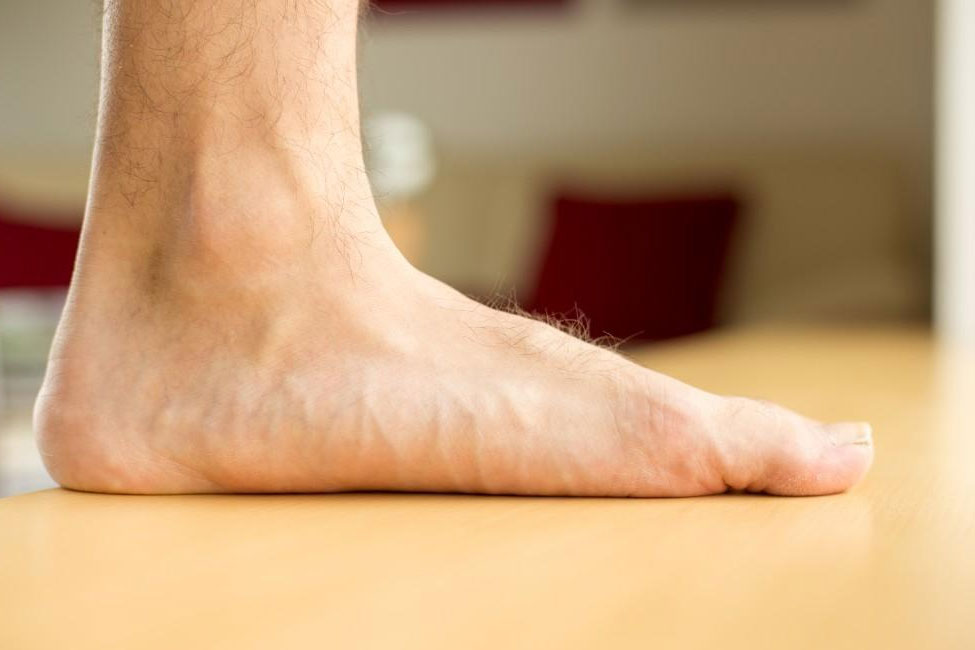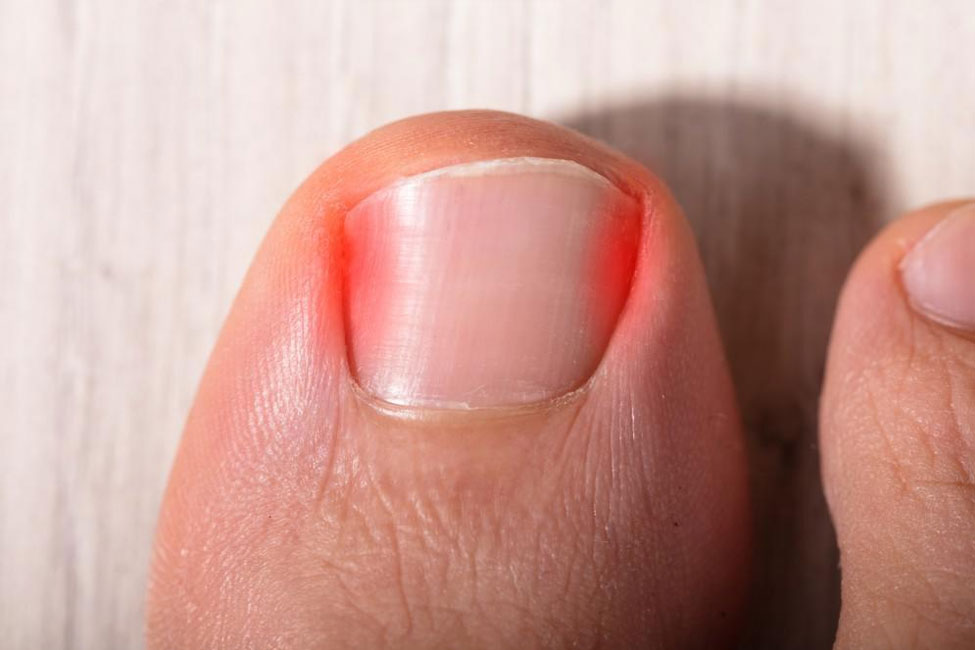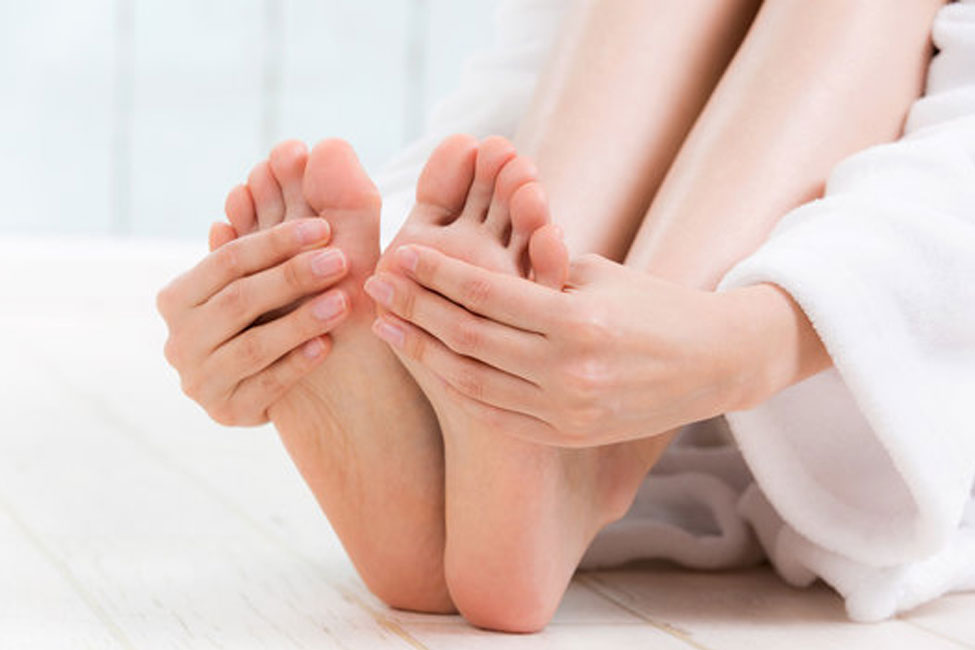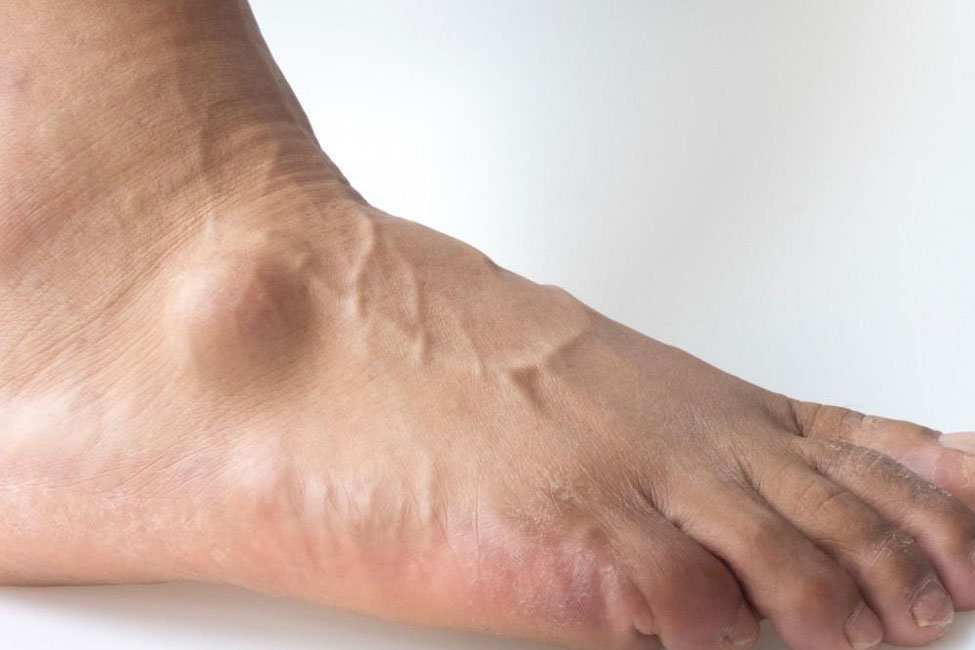Hallux Valgus: Causes, Symptoms, Treatment, and Prevention
What is Hallux Valgus?
Hallux Valgus, commonly called bunions, is a prevalent foot condition. Simply put, it’s a big toe joint deformity, causing the big toe to lean or deviate towards the second toe. This deviation can create a bony bump on the side of the foot, which is the hallmark sign of a bunion.
Understanding Foot Anatomy
To comprehend Hallux Valgus, it’s essential to understand the foot’s anatomy, specifically the big toe joint. The big toe comprises two important bones: the metatarsal bone (the long bone behind the toe) and the phalanx bone (the actual toe). These bones are connected by ligaments and tendons and surrounded by joint capsules and cartilage.
In a healthy foot, the big toe should be straight with the metatarsal bone, allowing for normal walking and weight distribution. However, in the case of Hallux Valgus, this alignment is disrupted, leading to the toe’s angulation and bunion formation.
Types of Hallux Valgus (Bunions)
There are a few different bunions, each categorised based on location and cause. Here are some common types of bunions:
- Hallux Valgus Bunions: These are the most common type of bunions and occur at the base of the big toe. They result from the deviation of the big toe towards the second toe, causing a bony bump on the inside of the foot.
- Tailor’s Bunion (Bunionette): Tailor’s bunions are similar to Hallux Valgus bunions but affect the outside of the foot at the base of the little toe. They can also lead to a bony bump and discomfort.
- Adolescent Bunions: These bunions typically develop in adolescents and young adults due to abnormal growth patterns in the foot. They are often linked to genetics and may be associated with flat feet.
- Acquired or Adult-Acquired Bunions: Adult-acquired bunions can develop over time and are often related to wearing narrow or ill-fitting shoes. They tend to affect the joint closer to the tip of the big toe.
- Rheumatoid Arthritis Bunions: People with rheumatoid arthritis may develop bunions due to joint inflammation and deformities associated with this autoimmune condition.
- Juvenile Bunions: These bunions develop in children and adolescents, usually due to an inherited foot structure predisposing them to the condition.
How Common are Hallux Valgus (Bunions)?
Bunions are relatively common, and their prevalence can vary based on age, gender, and genetics. They are more prevalent in women, often associated with narrow or high-heeled shoes, and tend to become more common with age. Genetic factors play a role, making family history a significant risk factor for their development.
Causes of Hallux Valgus (Bunions)
The exact causes of hallux valgus are not always clear, and it can result from a combination of factors. Here are some common factors and causes associated with hallux valgus:
- Genetics: A family history of bunions can increase the risk of developing Hallux valgus. Certain foot structures and shapes may be inherited, making individuals more susceptible.
- Foot Structure: Abnormal foot mechanics, such as overpronation (excessive rolling inward of the foot) or flat feet, can contribute to the development of bunions.
- Improper Footwear: Tight, narrow, or high-heeled shoes can force the toes into an unnatural position and increase the likelihood of developing bunions. High heels are particularly problematic because they place significant pressure on the front of the foot.
- Arthritis: Inflammatory joint conditions like rheumatoid arthritis can affect the big toe joint and increase the risk of developing hallux valgus.
- Gender: Bunions are more common in women than men. This may be due to a combination of factors, including a higher likelihood of wearing tight or ill-fitting shoes.
- Age: As people age, the risk of developing bunions increases. The condition is more common in adults than in children.
- Occupational Factors: Certain occupations requiring prolonged standing or walking periods, such as nursing or retail, may increase the risk of developing bunions.
- Injury: Trauma to the foot, such as stubbing the toe or breaking it, can potentially contribute to the development of bunions.
- Neuromuscular Disorders: Some neuromuscular conditions that affect the muscles and tendons of the foot can lead to abnormal foot mechanics and, subsequently, bunions.
- Lifestyle Factors: Obesity or excess body weight can strain the feet, potentially increasing the risk of developing hallux valgus.
Common Symptoms of Hallux Valgus (Bunions)
- Pain: Pain is one of the most common symptoms associated with bunions. It often occurs at the base of the big toe and may be constant or intermittent. The pain can range from mild to severe and can be aggravated by wearing tight or ill-fitting shoes.
- Swelling: Swelling around the base of the big toe is a typical symptom. This may be due to inflammation of the bursa (fluid-filled sac) over the joint or irritation of the soft tissues.
- Redness: The skin over the bunion can become red or irritated, especially with friction or pressure from footwear.
- Limited Range of Motion: Bunions can restrict the normal range of motion of the big toe, making it difficult to move the toe as freely as before.
- Corns and Calluses: Corns and calluses may develop on or between the toes due to the abnormal positioning of the big toe, leading to friction or pressure against other toes.
- Change in Toe Alignment: The big toe deviates away from the other toes, pointing toward them. This can lead to changes in the alignment of the othe
Diagnosis of Hallux Valgus (Bunions)
- Physical Examination: A healthcare professional, typically a podiatrist or orthopaedic surgeon, will physically examine the affected foot. They will look for signs of the bunion, including the bony bump at the base of the big toe and the deviation of the toe.
- Medical History: The doctor will take a detailed medical history to assess risk factors, any family history of bunions, and symptoms such as pain and swelling.
- Footwear Analysis: The type of shoes a person wears can be a contributing factor. The doctor may assess the patient’s footwear for tightness and discuss the types of shoes regularly worn.
- Imaging: In some cases, the doctor may order imaging tests to confirm the diagnosis and assess the severity of the bunion. X-rays are commonly used to provide a clear image of the bone structure and alignment of the foot.
- Gait Analysis: In some cases, a gait analysis may be conducted to evaluate how the patient’s walking pattern may contribute to the problem.
Warning Signs
Individuals should be aware of the following warning signs associated with bunions:
- Increasing Pain: If you experience worsening or persistent pain around the base of the big toe, it may be a sign that the bunion is progressing.
- Swelling and Redness: Continued swelling and redness around the bunion can indicate ongoing inflammation and irritation.
- Difficulty Finding Comfortable Shoes: If you find it increasingly challenging to find shoes that fit comfortably due to the bunion, it’s a sign that the deformity is affecting your daily life.
- Limited Mobility: Decreased range of motion in the big toe or difficulties in performing activities requiring foot flexibility can be warning signs.
- Changes in Toe Alignment: A healthcare professional should evaluate any noticeable changes in the alignment of your toes, especially the big toe deviating toward the others.
Complications
While bunions themselves are not typically life-threatening, they can lead to various complications and discomfort, including:
- Pain and Discomfort: Bunions can cause persistent pain and discomfort, particularly when walking or wearing certain shoes. This pain can reduce one’s quality of life.
- Reduced Mobility: The deviation of the big toe can limit its range of motion and affect the ability to perform activities that require flexibility in the foot.
- Bursitis: The bursa, a fluid-filled sac over the bunion joint, can become inflamed (bursitis), leading to increased pain, swelling, and redness.
- Hammertoes: The deformity can lead to the development of hammertoes, where the smaller toes bend abnormally, causing additional discomfort and difficulty fitting into shoes.
- Corns and Calluses: The altered alignment of the toes can develop corns and calluses on the affected foot due to friction and pressure.
- Arthritis: Over time, bunions may lead to the development of arthritis in the affected joint. This can further exacerbate pain and limit mobility.
- Infection: In rare cases, if the skin over the bunion becomes ulcerated or breaks down, it can lead to infection.
- Difficulty Finding Suitable Footwear: Finding comfortable and appropriately fitting shoes can become increasingly challenging as the bunion progresses.
Treatment Options for Hallux Valgus (Bunions)
The treatment of hallux valgus, or bunions, can vary depending on the severity of the condition and the presence of symptoms. Treatment options range from conservative measures to surgical interventions. Here are some common treatment options for bunions:
Footwear Modifications
Wearing roomy, comfortable shoes with a wide toe box can help reduce pressure on the bunion and alleviate symptoms.
Avoiding high heels and narrow-toed shoes can prevent the condition from worsening.
Orthotic Devices
Custom or over-the-counter shoe inserts (orthotics) can help redistribute pressure on the foot and improve foot mechanics.
Padding and Taping
Applying protective padding over the bunion or using adhesive tape can reduce friction and alleviate discomfort.
Medications
Nonsteroidal anti-inflammatory drugs (NSAIDs) such as ibuprofen can be used to manage pain and inflammation.
Physical Therapy
Physical therapy may include exercises to strengthen the foot muscles and improve joint flexibility. This can help with pain relief and prevent further deformity.
Bunion Splints or Braces
These devices can help realign the big toe and slow down the progression of the bunion.
Injection Therapy
Corticosteroid injections may reduce inflammation and pain in the bunion joint.
Foot Exercises
Specific exercises can help improve the strength and flexibility of the toes and the foot arch, potentially relieving pain.
Shoe Modifications
In some cases, shoes may need to be stretched or modified to accommodate the bunion, providing better comfort and fit.
Surgical Intervention
Surgical correction may be considered if conservative treatments do not provide sufficient relief or if the bunion is causing severe pain and deformity. Various surgical procedures can address bunions, including realignment of the bone, removal of bony protrusions, and joint fusions.
Preventing Hallux Valgus (Bunions)
Preventing hallux valgus, or bunions, is especially important for those at risk or those looking to avoid developing this foot condition. Here are some tips on how to prevent bunions and promote good foot health:
- Choose proper footwear
- Avoid high heels and tight shoes
- Measure your feet regularly
- Use orthotic inserts
- Foot exercises and stretches
- Maintain a healthy weight
- Avoid walking barefoot
- Regular foot checkups
- Listen to your feet
- Early intervention
Living with Hallux Valgus (Bunions)
Living with hallux valgus, or bunions, can be manageable with the right strategies and lifestyle adjustments. If you already have bunions, consider the following advice on managing the condition and alleviating discomfort:
Choose Appropriate Footwear
Wear shoes with a wide toe box that provides ample space for your toes to move comfortably.
Opt for low-heeled or flat shoes with good arch support to reduce pressure on the bunion.
Orthotic Inserts
Consider using over-the-counter or custom orthotic inserts to provide additional support and correct any imbalances in your feet.
Padding and Protective Devices
Use bunion pads or cushioning to protect the bunion from friction and pressure when wearing shoes. Toe separators can help maintain proper toe alignment and reduce toe friction.
Foot Exercises and Stretches
Perform toe and foot exercises regularly to strengthen the muscles in your feet and improve flexibility. These exercises can help alleviate pain and slow down the progression of the bunion.
Consider consulting a physical therapist for a customised exercise program.
Pain Management
Over-the-counter pain relievers, such as nonsteroidal anti-inflammatory drugs (NSAIDs), can help manage pain and reduce inflammation.
Apply ice to the bunion for short periods (10-15 minutes) to reduce swelling and alleviate pain.
Proper Foot Care
Keep your feet clean and dry to prevent skin irritation and infection.
Use moisturiser to prevent dry, cracked skin.
Weight Management
If you are overweight, consider losing weight to reduce the stress on your feet and alleviate bunion-related discomfort.
Regular Foot Checkups
Schedule regular appointments with a podiatrist to monitor the condition’s progression and explore treatment options.
Bunion Splints and Braces
Discuss with your healthcare provider whether splints or braces might be beneficial for maintaining toe alignment.
Footwear Adjustments
Consider having your shoes stretched or modified to accommodate the bunion if necessary.
Custom Shoes
In severe cases, consult with a professional orthopaedic or shoe specialist to have custom-made shoes designed to accommodate the shape of your feet.
Surgical Consultation
If your bunions are causing significant pain or deformity, or interfere with daily activities, consult a healthcare professional about surgical options. Surgery is generally considered when conservative treatments do not provide relief.
Ignoring foot health can lead to complications and diminished quality of life, making it essential to seek professional advice from an orthopaedic specialist. Early intervention is key to preventing further deterioration. We encourage you to prioritise your foot health and invite you to request an appointment with The Orthopaedic Practice and Surgery Clinic, where expert care and guidance are readily available to help you maintain comfortable, healthy feet.

